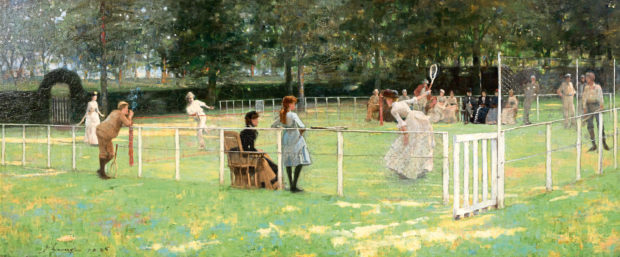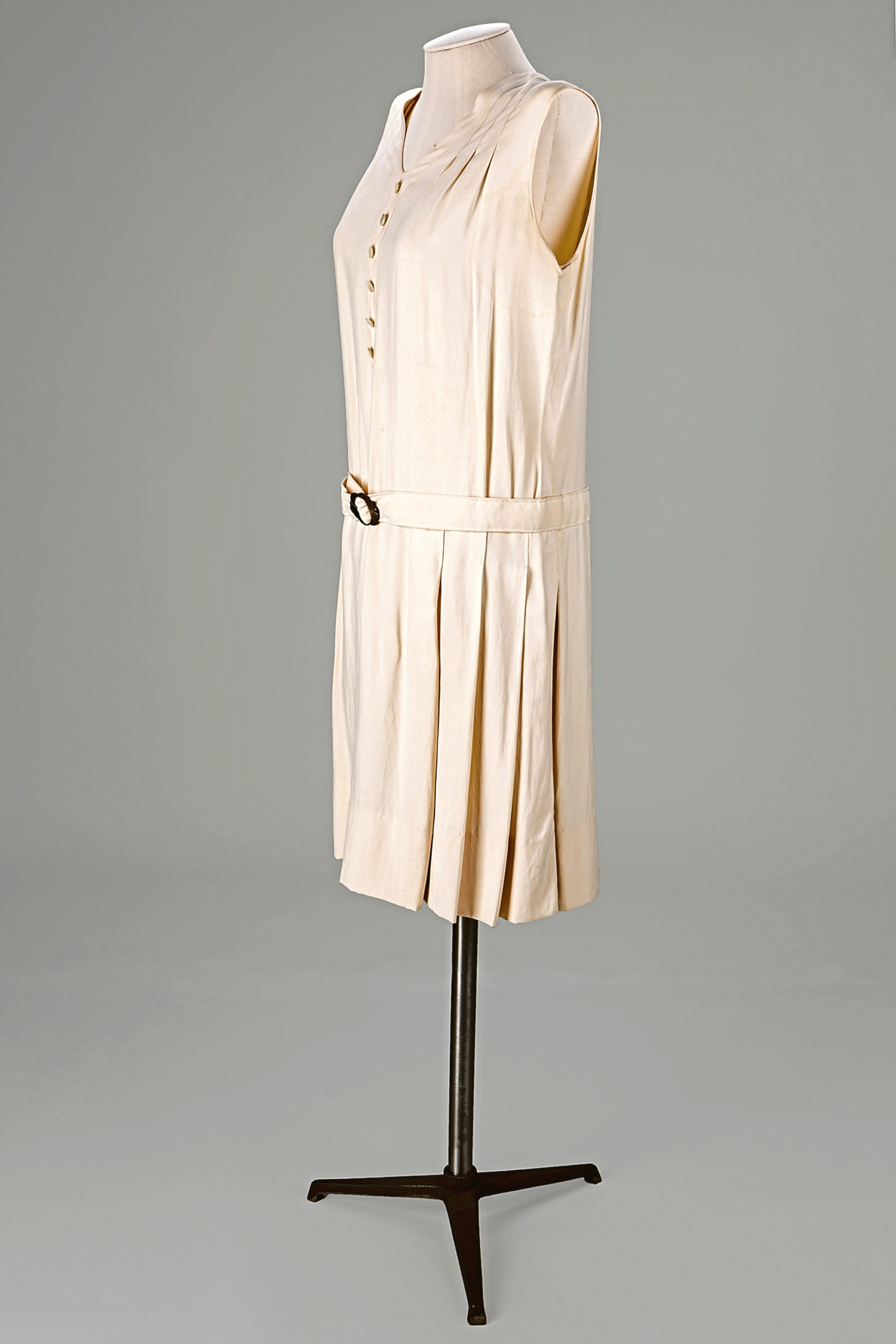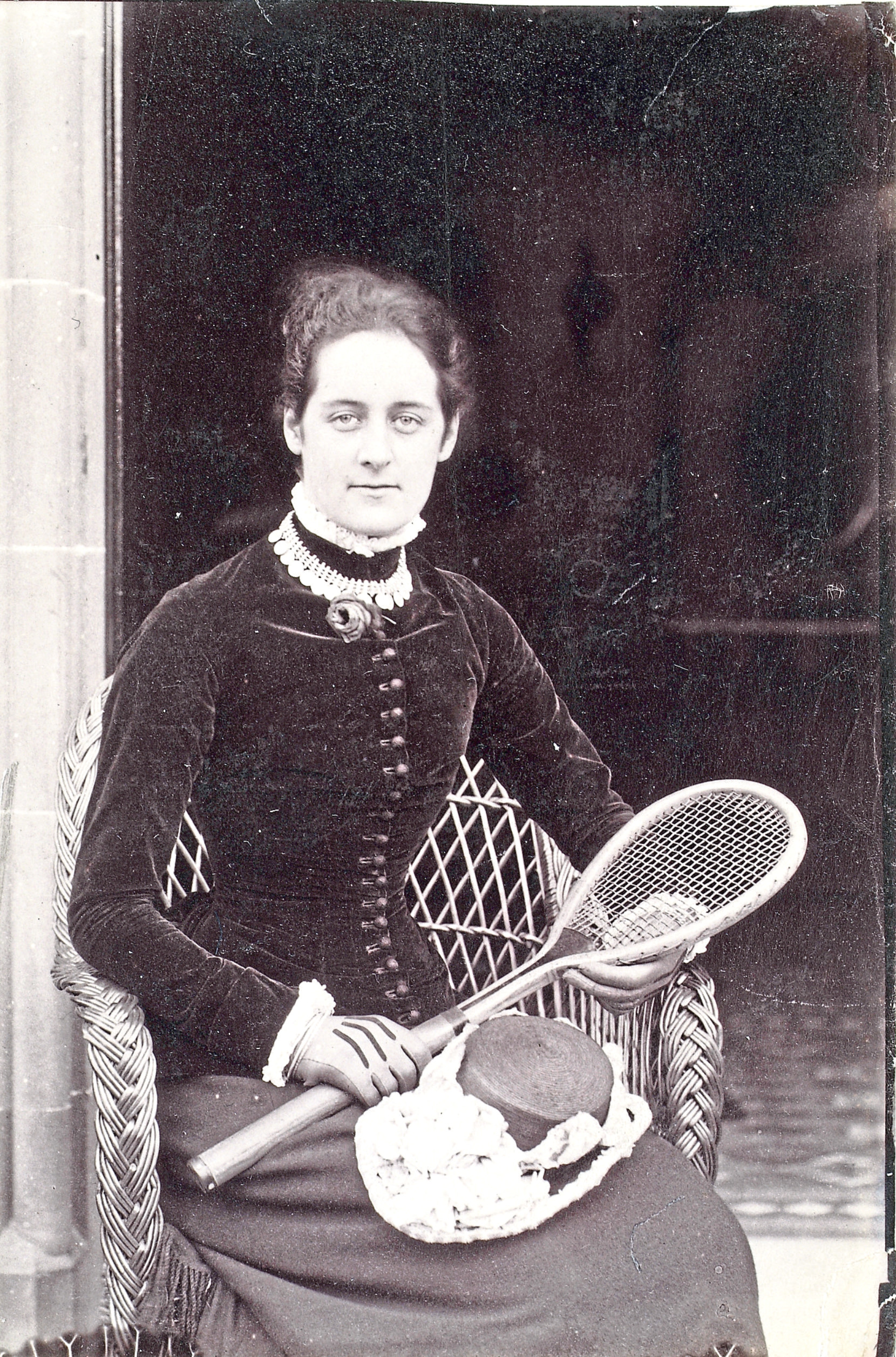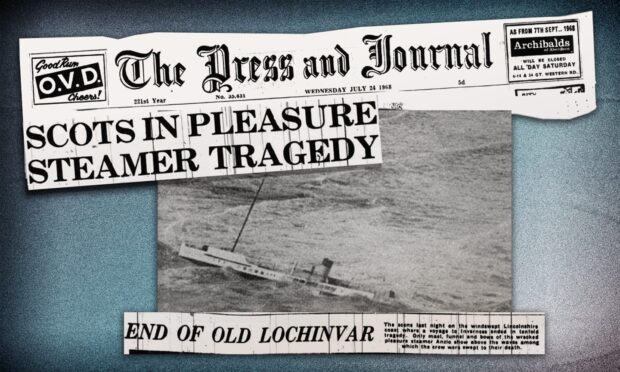It’s Wimbledon time again! And as the nation’s thoughts turn to tennis, for a brief while Aberdeen’s courts will be fully booked by amateur players dreaming of becoming the next Murray, Williams or Nadal.
These days of high-stake championships and world rankings are a million miles away from the sedate Tennis Party painted by Sir John Lavery in 1885.
Our 21st Century eyes are struck by the many differences between modern and Victorian social conventions. We immediately speculate on the level of discomfort suffered by the female players.
What must it have been like to play a physical game on a warm day in tight corsets and an unwieldy bustle? Poised, ready to take a swing at the ball, the female player in the foreground must also grapple with her skirts as she tries to take the shot.
Female players had to wait until the 1920s to play in clothes more suited to sport and freedom of movement – but even these are a far cry from the body-conscious Lycra outfits of today.
And look at the chap smoking at the court side – not only anathema to the health conscious, but a reminder of more recent regulatory controls on tobacco, including the introduction of a ban on tobacco advertising at sporting events in 2005.
Lavery’s Tennis Party is set in a court at Cartbank, near Paisley. Similar scenes would have taken place in Victorian Aberdeen.
The painter, William Stott of Oldham, writing in 1883 to Aberdeen art collector John Forbes White, recalled his visit to White’s home the previous year in the following terms: “Dreams of Seaton Cottage and Lawn Tennis, fresh air and kind friends.”
Despite appearing old-fashioned when compared with the modern game, Lavery in fact depicts a very modern scene. In the 1880s, lawn tennis was in its infancy but quickly became a fashionable pastime.
The opportunity it provided for young couples to meet – illustrated in the game of mixed doubles in Lavery’s painting – may have been a factor in its popularity.
See The Tennis Party at Aberdeen Art Gallery when it reopens on Saturday November 2.
Aberdeen Art Gallery & Museums:
- Aberdeen Art Gallery (reopening autumn 2019)
- Aberdeen Maritime Museum (open 7 days, admission free)
- The Tolbooth Museum (open 7 days, admission free)
- Aberdeen Treasure Hub Museum Centre
For visiting information go to www.aagm.co.uk
Keep up to date with all the latest news from Aberdeen Art Gallery & Museums by signing up to our e-newsletter at www.aagm.co.uk/mailinglist
Follow us on Facebook, Twitter and Instagram @AbdnArtMuseums












